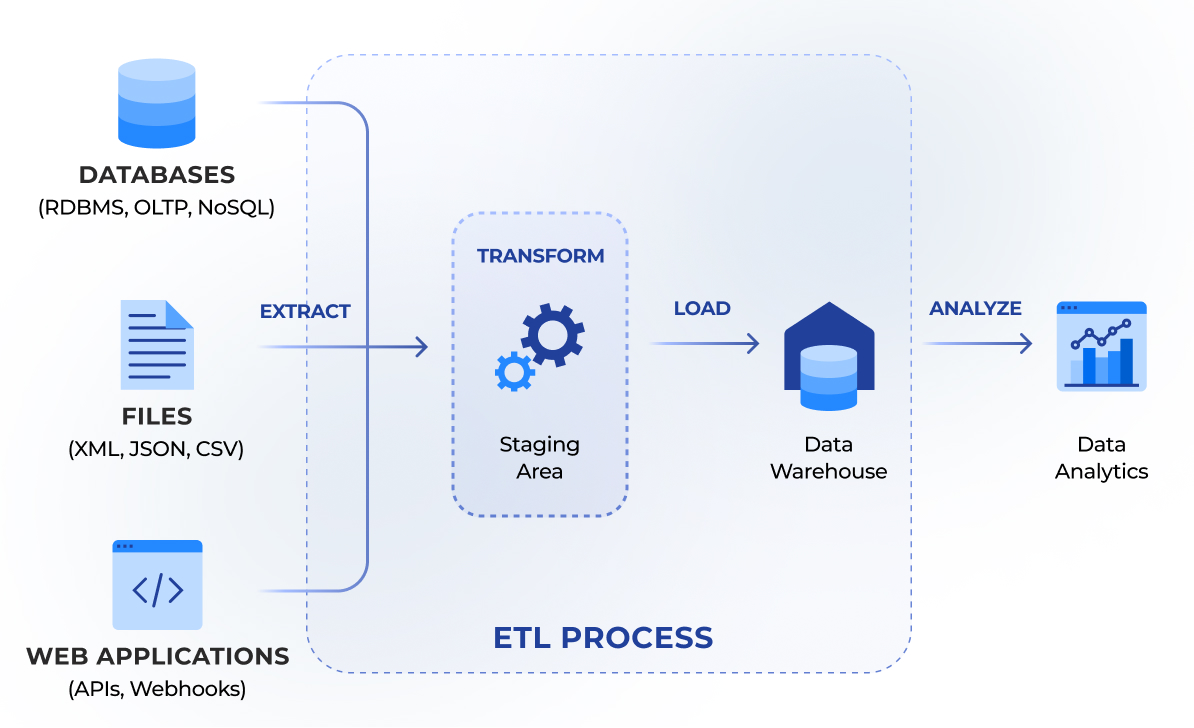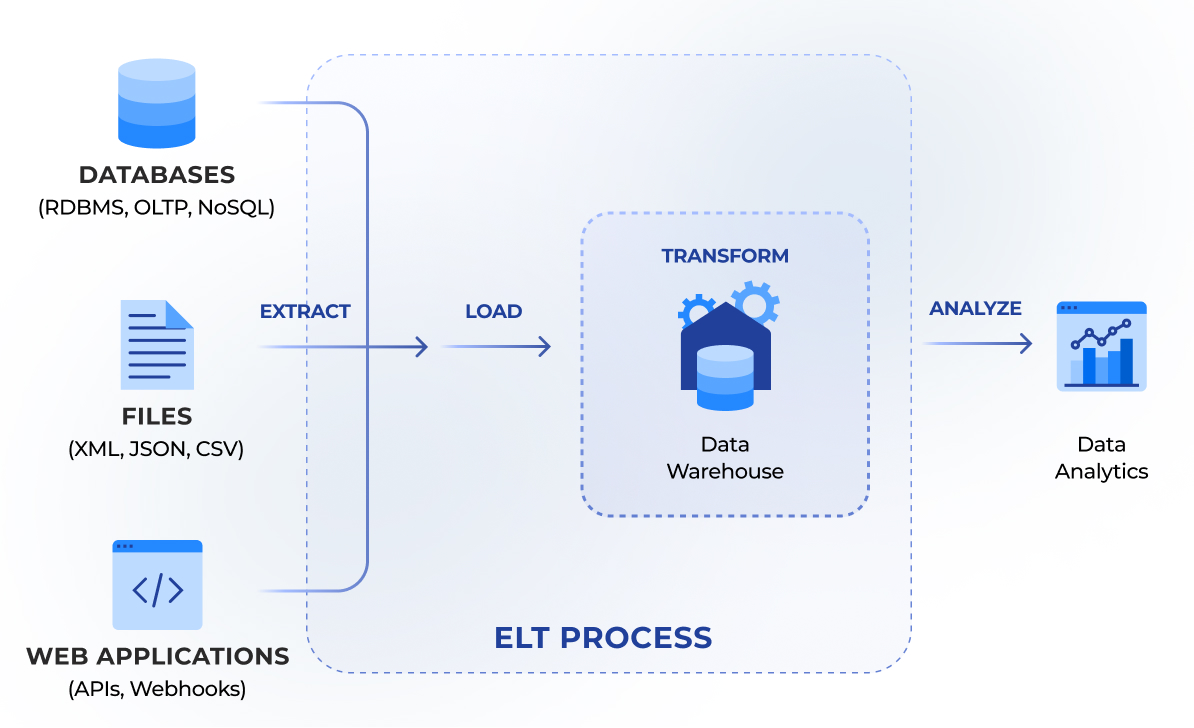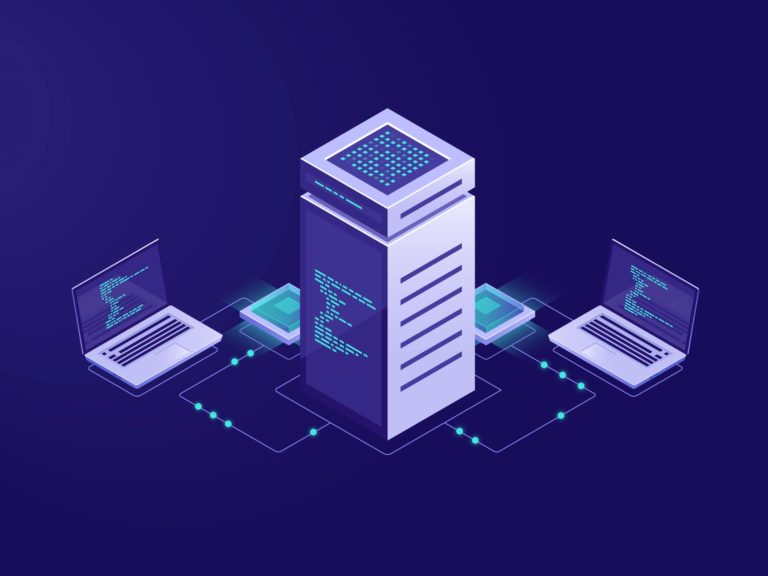Our world becomes more and more data-driven, as different industries and institutions embrace big data and leverage it to enhance their decision-making and performance. However, to get the most value from data, companies need to approach data management complexly, otherwise, any positive intention will drown among unstructured data scattered within dozens of storage.
In light of this, data integration is extremely important for businesses. There are a lot of reasons that might push you to encounter data integration.
For example, you decided to break data silos and implement one big system for the whole company. To launch the new solution, you need to extract data from old sources and transfer them to a new solution. Nowadays, no one would even consider doing it manually, as it would be too cumbersome, wasteful, and error-prone. Data science grants you suitable instruments on how to go data transfer and integration efficiently, but to really benefit from them, you first need to choose the strategy that would be suitable for your particular case.
There are two types of data integration process: ETL (extract, transform and load) and ELT (extract, load and transform). Both are in use today, but their range of implementation varies.
Though this might look like purely technical information, you need to understand the pros and cons of each. The process of data integration usually takes a significant amount of time and resources, hence, you need to understand which would bring the most business value and won’t stall the operations and further development of your business.
So, how do ETL and ELT differ? Should your company choose the one or could they be interchangeable? Read our article to learn these details.
What Does ETL vs ELT Mean?
ETL and ELT are two different approaches to data integration. They both still lead to the same result: integrating data from various data sources into one unified, however, they imply different ways how to reach this outcome.
ETL: Extract, Load, Transform

The abbreviation explains the ETL processes: firstly, the raw data is extracted from different sources (SQL and NoSQL databases, XML, JSON, CSV files, or cloud storage), then, it is moved to the data staging area, where the data goes through necessary transformations, and finally, it is loaded into the target system (data warehouse).
ETL is a traditional approach that appeared on the scene in the 1970s. As you can see, it requires an additional link between initial data sources and the target system, where complex data transformations can occur and where extracted data will turn into structured data prepared for further manipulations, e.g. data analytics.
ELT: Extract, Transform, Load

ELT includes the same stages as ETL: data extraction, data transformation, and data loading. However, the order of these operations differs. In ELT, extraction is followed by loading and only then by transformation.
ELT process doesn’t require data staging, as the unstructured data gets into the target system immediately. ELT works with cloud data warehouses, as well as data lakes, with the latest allowing to upload of structured or unstructured data. Hence, you can just upload any raw data and store it in this way until the moment when you need to transform a particular piece of data.
The Key Differences Between ETL and ELT
The differences in stage order lead to other distinctions that make ELT and ETL suitable for different projects. Let’s contemplate them.
Pros and Cons Of ETL and ELT
So, let’s dive deeper into the nature of ETL and ELT. What are the benefits of each of these processes, and what are the disadvantages that might neutralize any positive sides?
ETL: Extract, Transform, Load
So, what about this old-school approach?
Advantages
Disadvantages
ELT: Extract, Load, Transform
And what about the second approach?
Advantages
Disadvantages
Use Cases: What Data Integration Method Would Be Suitable for Your Company?
The information we have described should give you a general impression about the ELT and ELT, the way they work, and their benefits and downsides. Still, how to choose the right approach for your business?
While every case is unique and should be evaluated separately, we collected a few common situations when one or the other approach would work the best.
When to Use ETL
ELT works the best with small data sizes, for applications where data security and anonymization are a priority, and for data migration from legacy systems.
So, use the ETL process in the cases we describe here.
When to Use ELT
ELT offers a range of benefits that would be great for big volumes of data or when it is crucial for businesses to have constant access to this data.
Let’s closely contemplate cases when you should choose ELT for your data integration process.
The Comparison Table Between ETL and ELT
ETL (Extract, Transform, Load) | ELT (Extract, Load, Transform) | |
Stores Data | Only structured | Structured, unstructured, semi-structured |
Data Volume | Small | Large |
Type of storage | Both on-premise and cloud | Cloud |
Flexibility | Low | High |
Load time | Long | Fast |
Compliance | Easy to implement | Harder to implement, need to use additional tools |
Maintenance | Continuous, if data formats are being changed | Low |
Cost | High startup and maintenance, low storage cost | Low startup and maintenance, storage cost will grow as the data volumes grow. |
Use cases |
|
|
In Conclusion
It is impossible to say what type of integration is better than the other. Being different in nature, they have their own value which would be useful for different types of cases. Hence, to choose the one, you need to carefully assess your case.
Altamira’s data governance specialists would help you with that. If you need to conduct data migration or data integration for your new solutions, we can provide you with a strategic assessment and governance strategy that will help you to maximize the value your business might get from the data you have been generating.
FAQ






